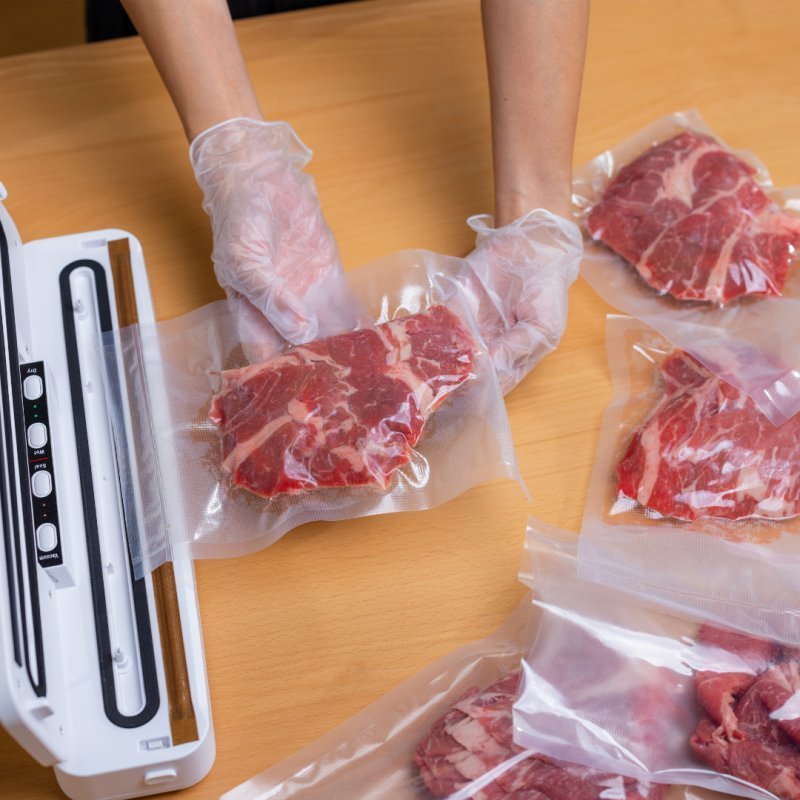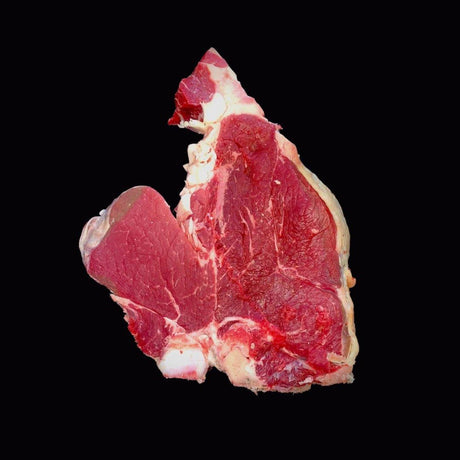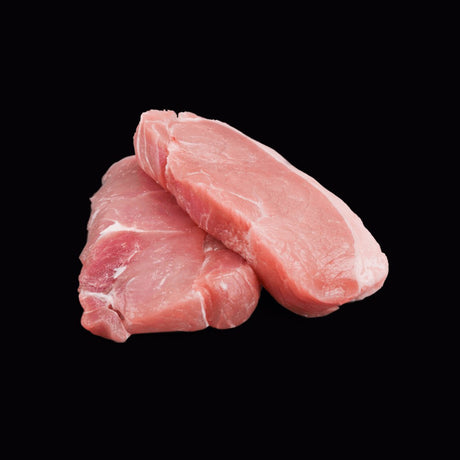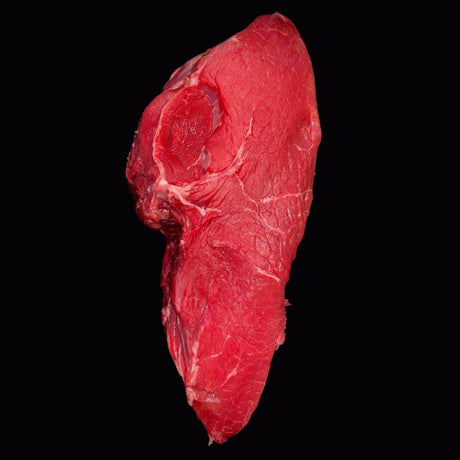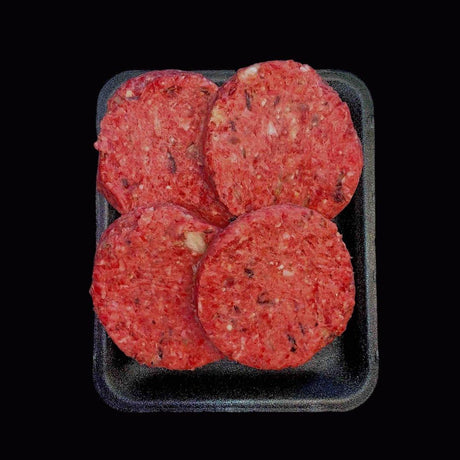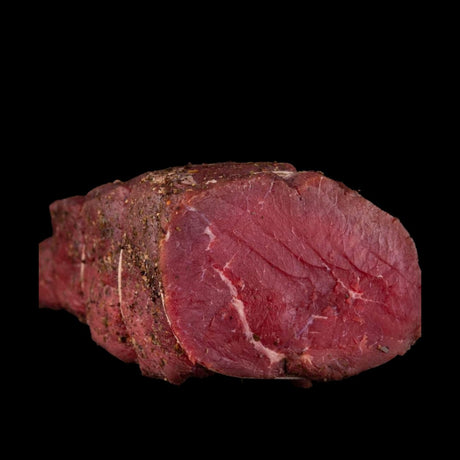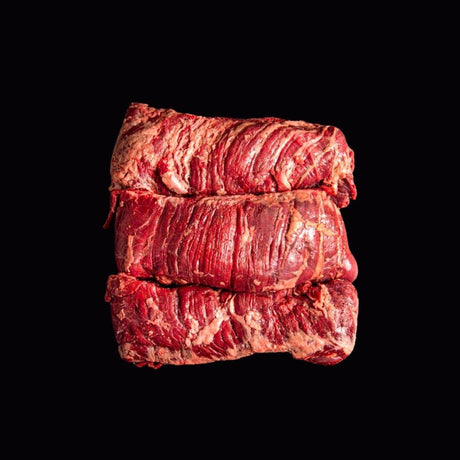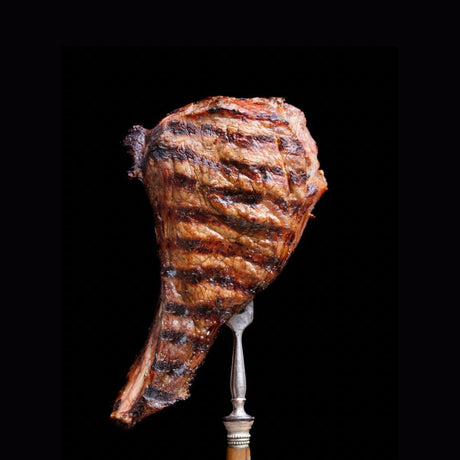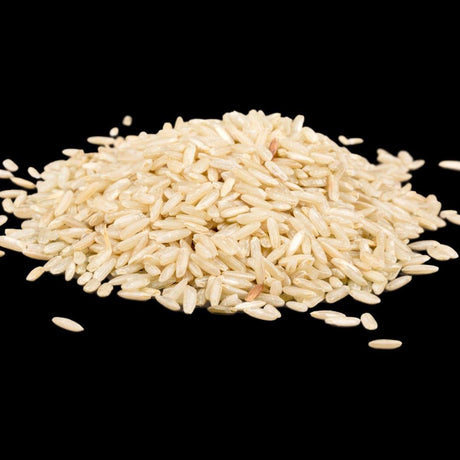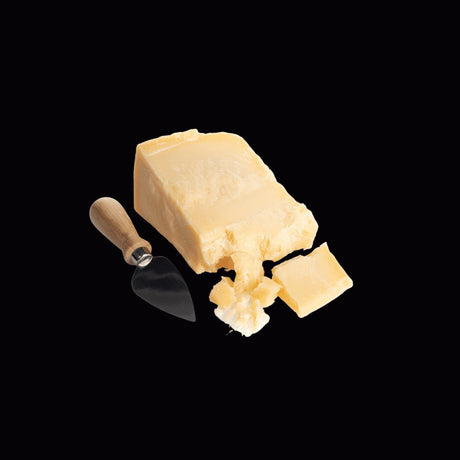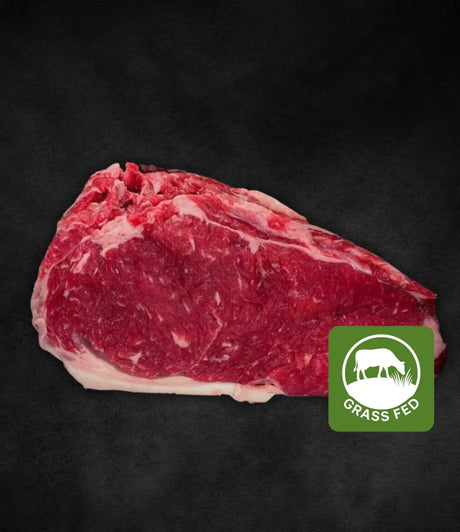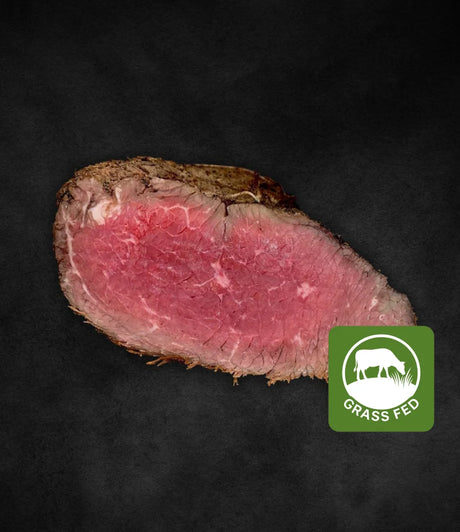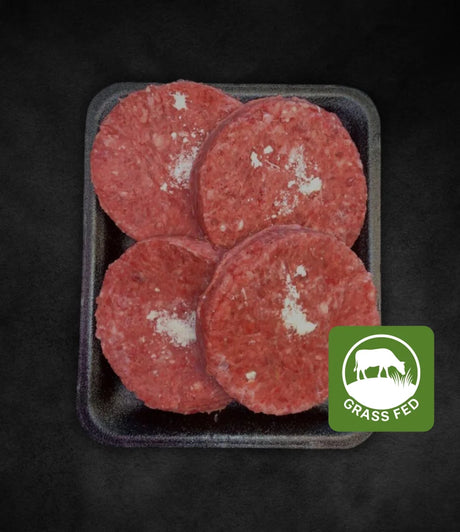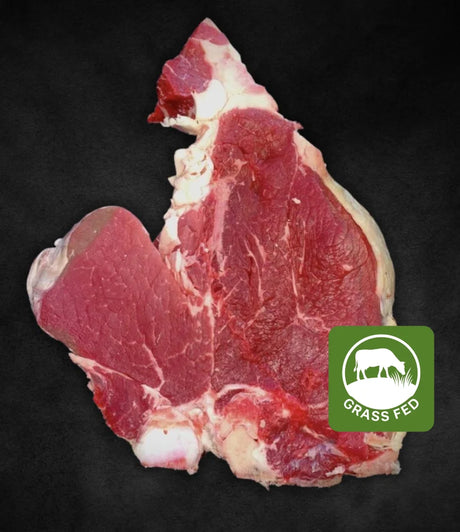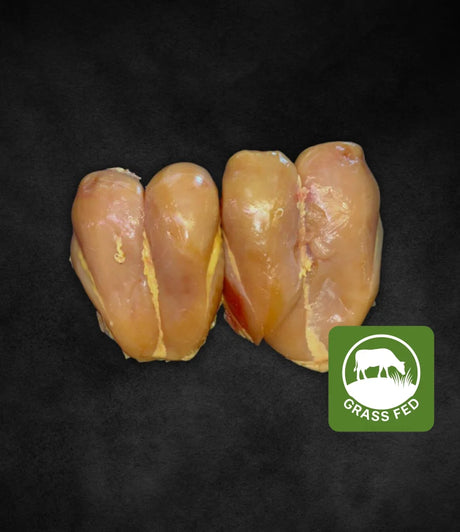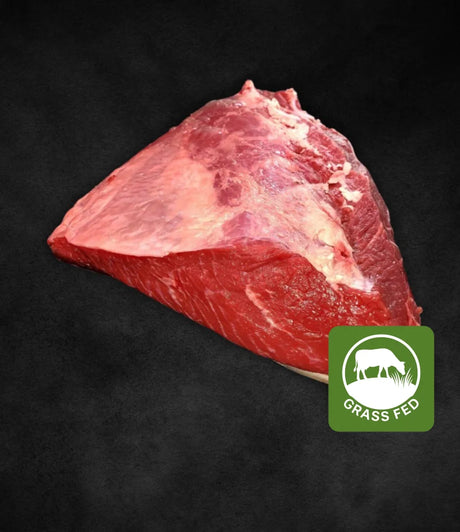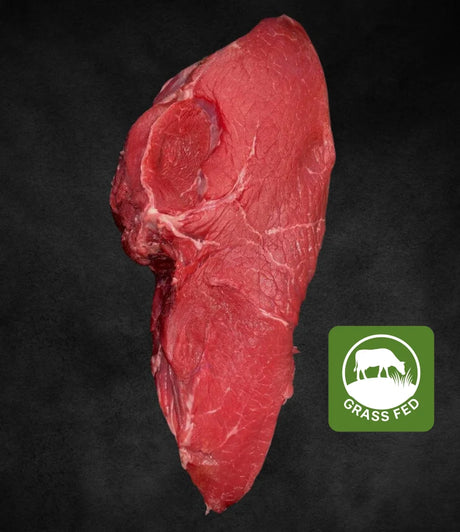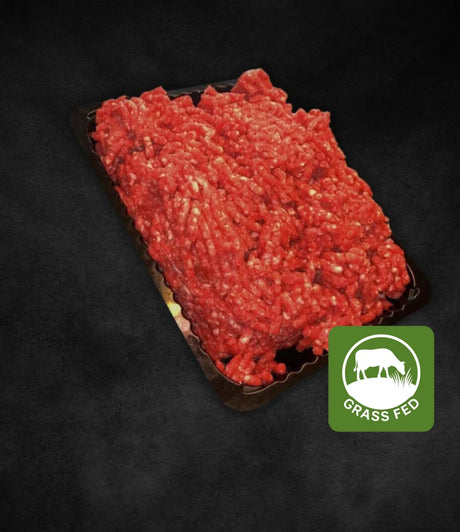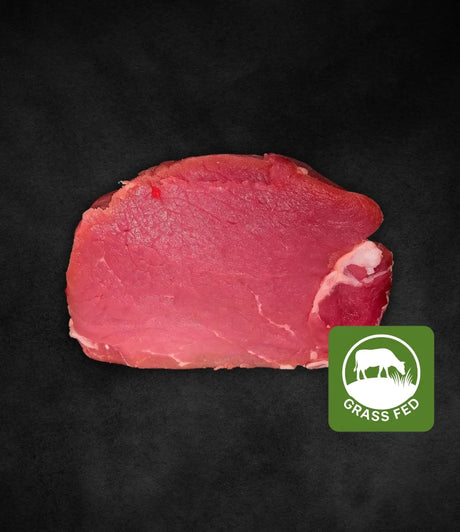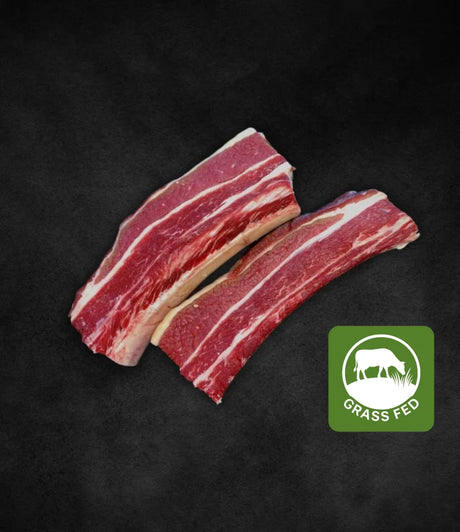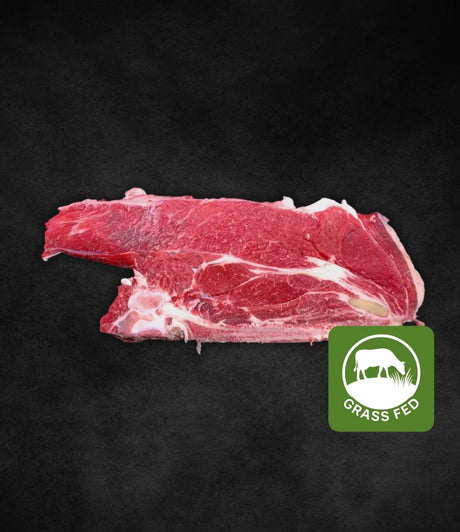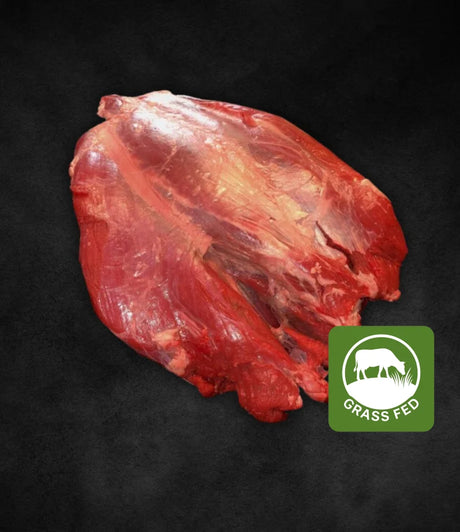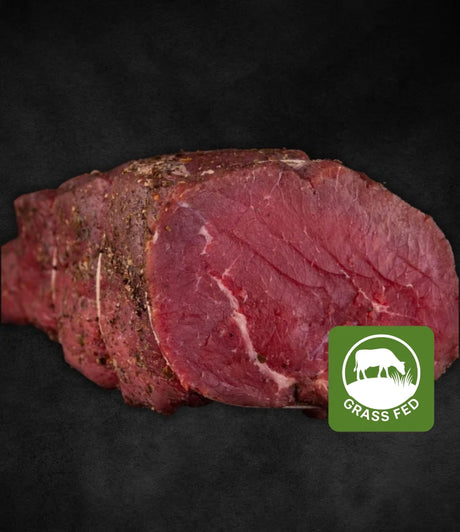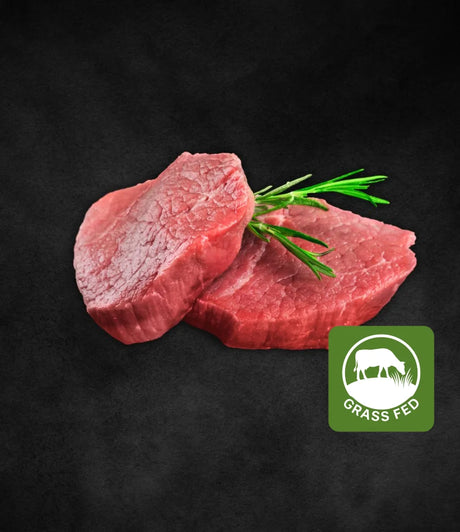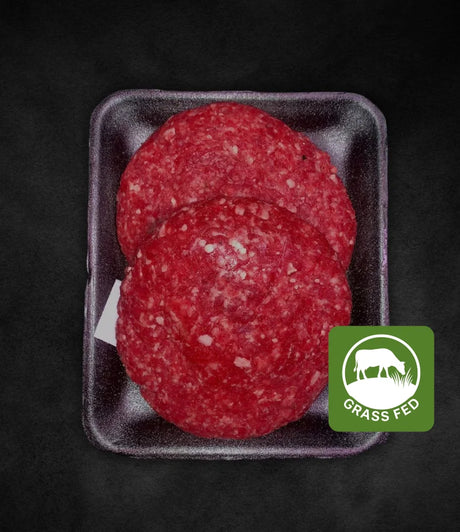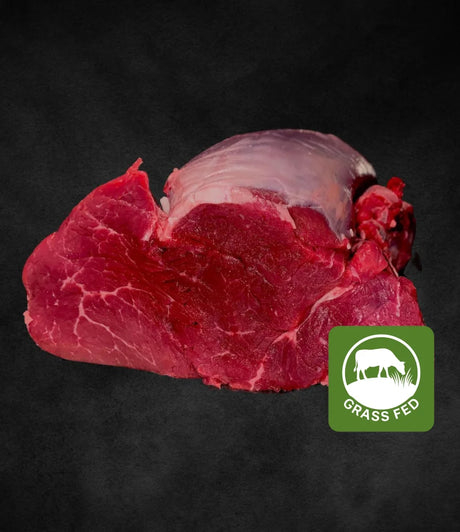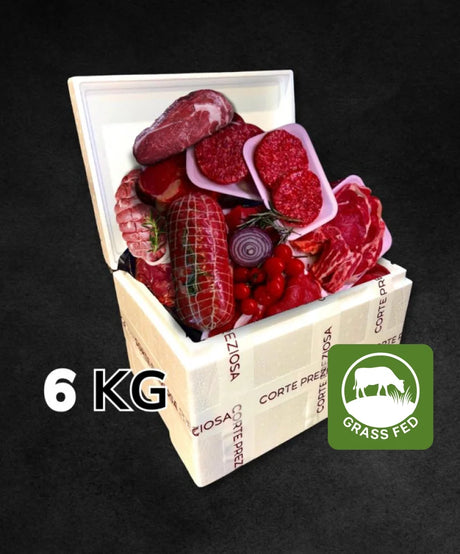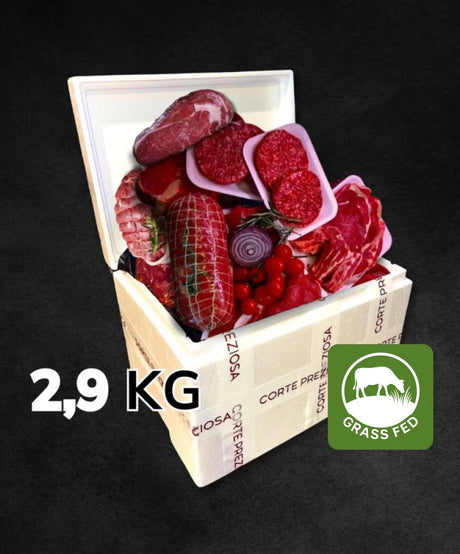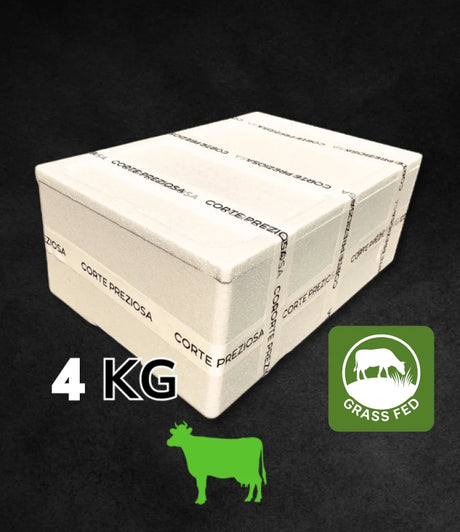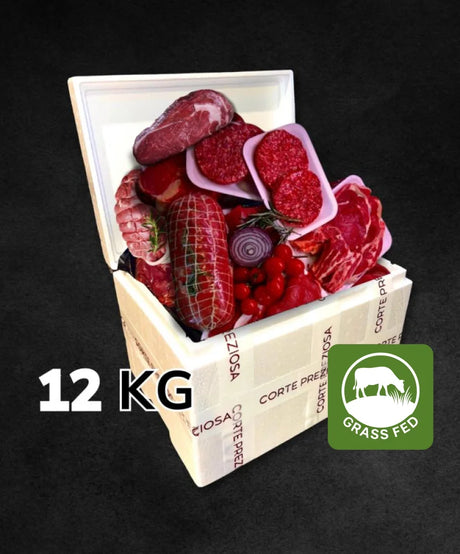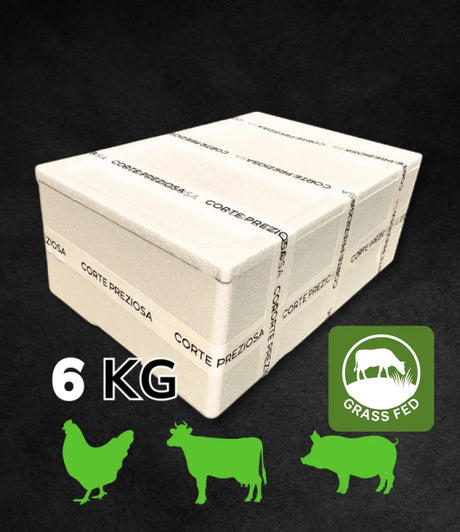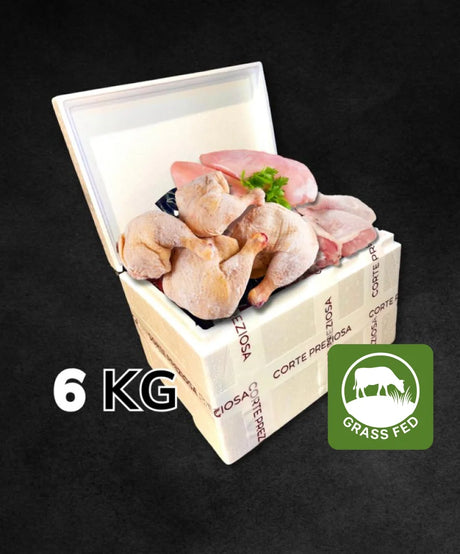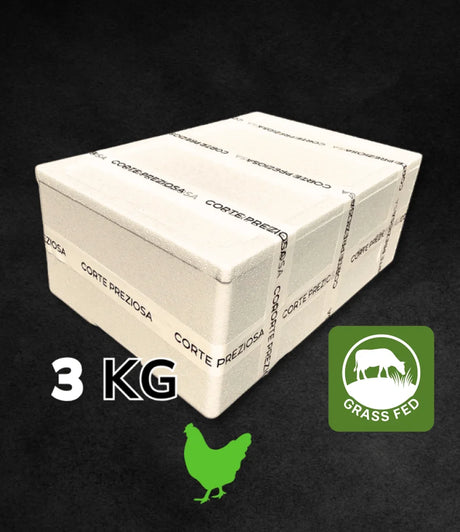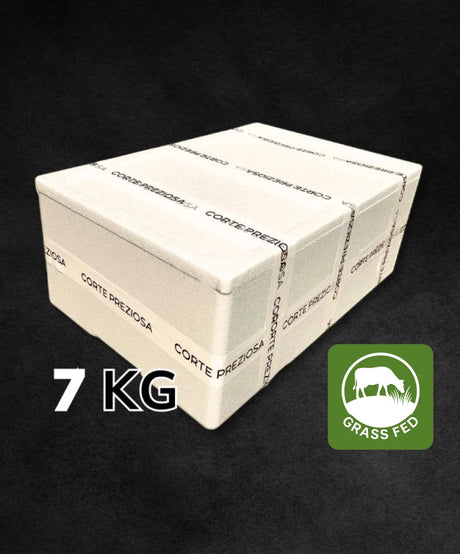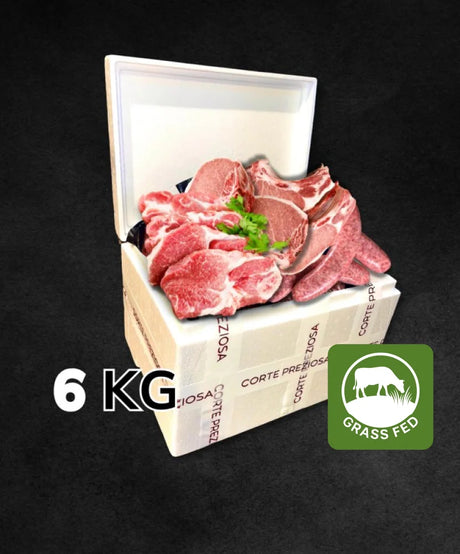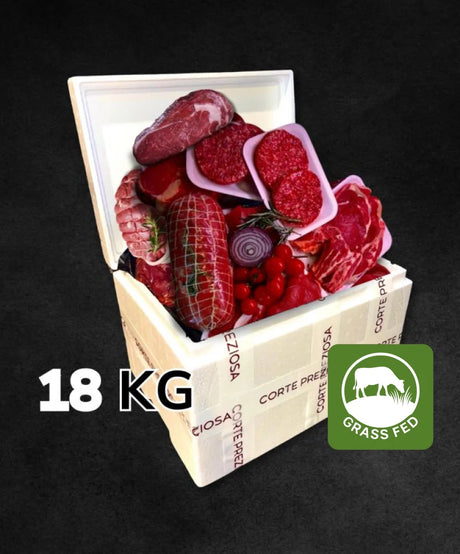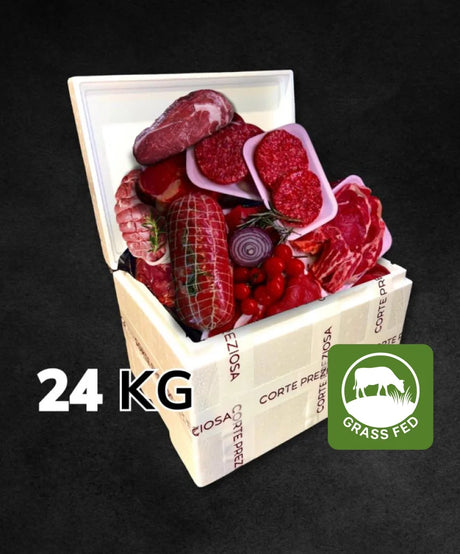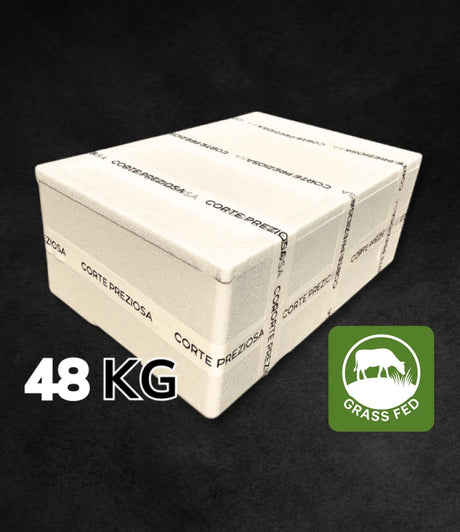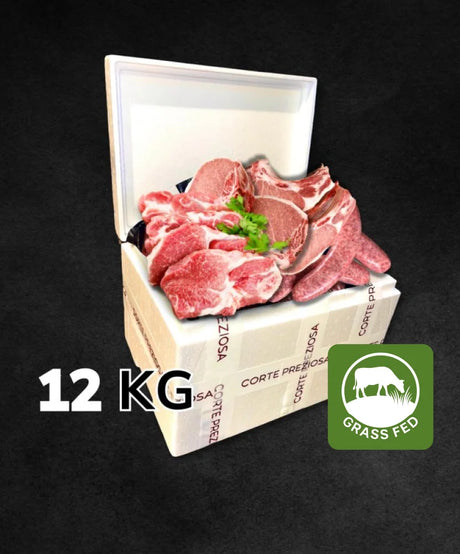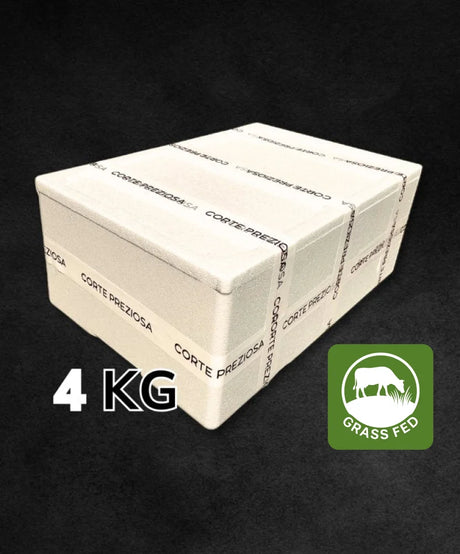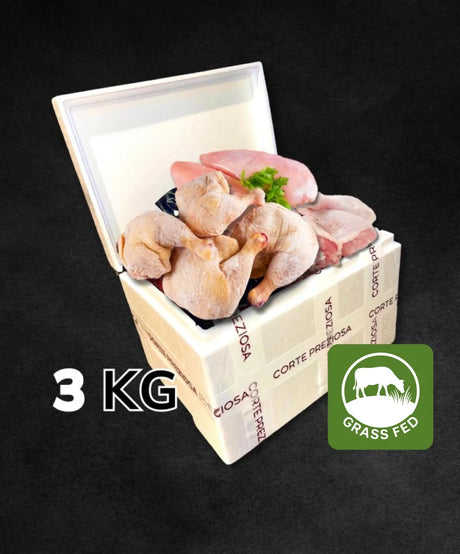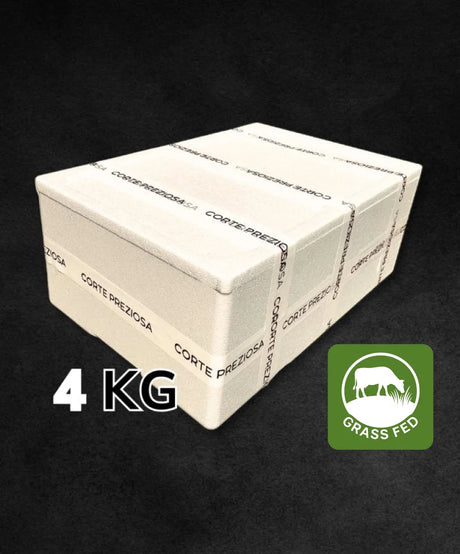The Complete Guide to Meat Storage: How to Keep It Fresh and Safe
Storing meat is one of the most important practices to ensure freshness, taste and food safety. Properly handling fresh or cooked meat is essential to prevent contamination, waste and loss of quality. In this blog, we explore the best methods for storing meat in the refrigerator and freezer, with practical advice and useful details.
1. Storing Meat in the Refrigerator
The refrigerator is the first ally to keep meat fresh in the short term. However, it is essential to follow some rules to prevent it from losing quality or deteriorating.
Ideal Temperatures
Meat must be stored between 0°C and 4°C . The coldest part of the refrigerator, usually the bottom shelf, is the best position.
How to Store Fresh Meat
Remove supermarket packaging: Plastic wrap can trap moisture and speed up spoilage. Use wax paper or parchment paper to keep it fresh and reduce contact with air. If you prefer, use closed containers to avoid spreading odors and contamination.
How Long Does Meat Last in the Refrigerator?
Ground meat: 1-2 days. Raw poultry: 1-2 days. Whole red meat (steaks, roasts): 3-5 days. Cooked meat: 3-4 days.
Prevent Cross Contamination
Store raw meat in a separate container or dish, away from ready-to-eat foods (such as vegetables and fruit). This reduces the risk of bacterial contamination.
2. Storing Meat in the Freezer
The freezer is ideal for long-term storage of meat. However, it is important to freeze properly to preserve taste, texture and quality.
Preparing Meat for Freezing
Wrap the meat tightly using plastic wrap, freezer bags, or airtight containers. Be sure to squeeze out any excess air, which can cause freezer burn. Divide the meat into smaller portions to make it easier to thaw and reduce waste. Write down the type of meat and the date it was frozen so you always know what you have in the freezer and for how long.
Meat Freezer Lifespan
Raw red meat: up to 12 months. Raw poultry: 9-12 months. Minced meat: 3-4 months. Cooked meat: 2-3 months.
Avoid Freezer Burns
Freezer burn occurs when meat is exposed to air in the freezer, causing dry spots and flavor changes. Properly sealed packaging is key to preventing it.
3. Defrost Meat Safely
Defrosting meat requires care to avoid bacterial growth. Here are the safest methods.
In the refrigerator
The safest method: Move the meat from the freezer to the refrigerator and let it thaw slowly. It takes about 12-24 hours, depending on the size of the piece. Keep the meat in a container to prevent leakage.
In Cold Water
Place the sealed meat in a waterproof bag in cold water. Change the water every 30 minutes to maintain a constant temperature. Ideal for defrosting smaller pieces quickly (in 1-3 hours).
Avoid the Microwave
While it is possible to use the microwave to defrost, it can often start to cook the meat unevenly. This method is recommended only in emergencies.
4. Storing Cooked Meat
Cooked meat can be stored in either the refrigerator or the freezer, but requires additional precautions.
In the refrigerator
Keep cooked meat at 40°F or below. Consume cooked meat within 3-4 days. Store meat in airtight containers to prevent it from absorbing odors from other foods.
In the Freezer
Cooked meat can be frozen in portions. Use freezer bags or airtight containers. Consume within 2-3 months to maintain quality.
5. Tips to Reduce Waste
Portion Ahead: Freeze meat in individual portions or by meal. This allows you to use only what you need. Meal Planner: Plan your meals for the week so you know what meats to thaw or cook. Transform Leftovers: Use cooked meat in recipes like stews, ragouts, or salads.
Conclusion
Storing meat properly is not just a matter of taste, but also of safety and convenience. Following these guidelines will help you keep meat fresh longer, reduce waste and bring tasty dishes to the table. With a little attention, your refrigerator and freezer will become precious allies for an organized and sustainable kitchen!
---------------------------------------------------------------------------------------

